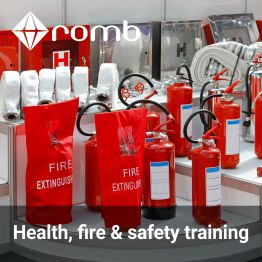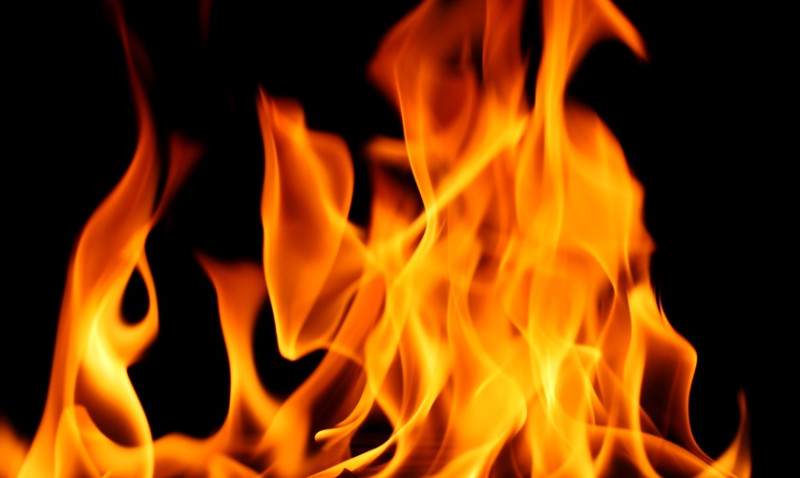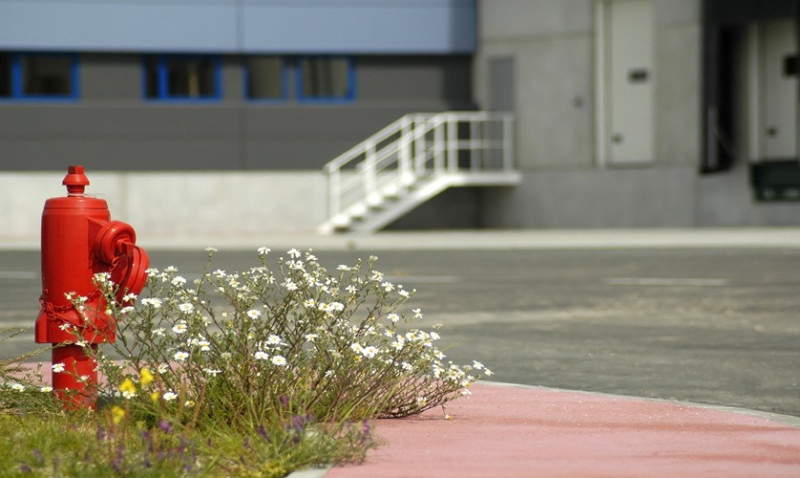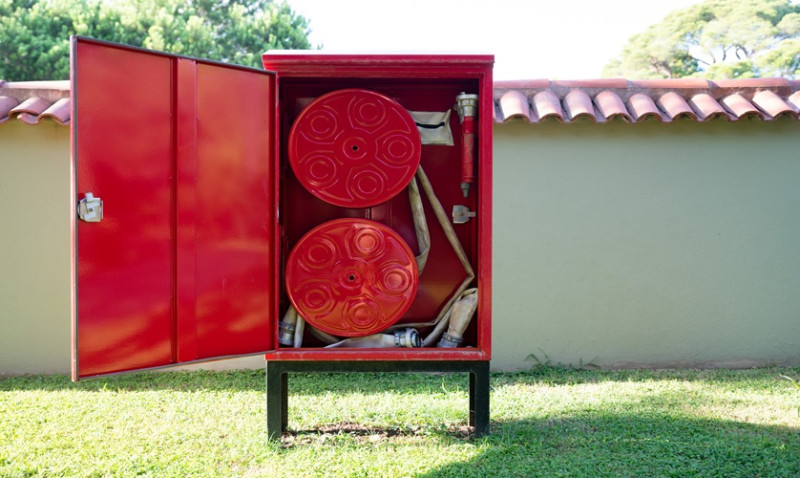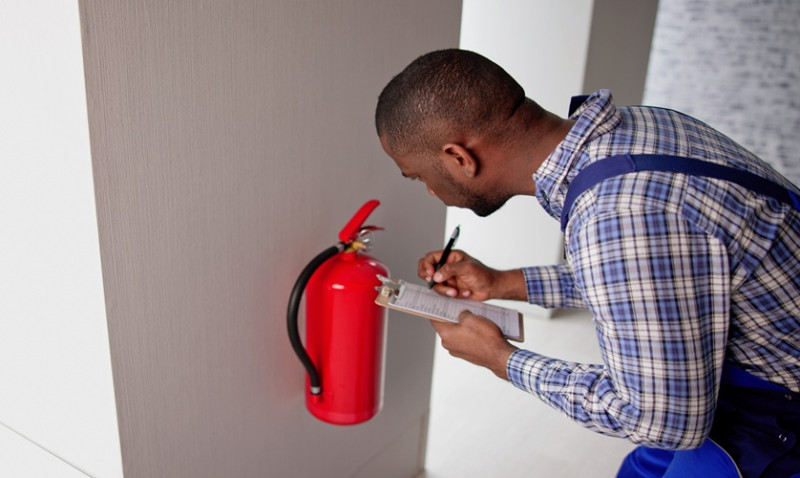
Whether you’re a young professional redesigning your office space, a tradesperson carrying out electrical work, or an architect developing commercial buildings, workplace fire safety is a non-negotiable aspect of your responsibility. Fires can happen in any working environment—from bustling construction sites to boutique design studios in London. Proper safety procedures can reduce risk, save lives, and even prevent costly damage to assets and property.
In the UK, fire safety isn’t just about installing alarms; it’s a legal and moral duty. The Regulatory Reform (Fire Safety) Order 2005 mandates that employers and building owners must take active steps to reduce fire risk. That means understanding the risks, implementing the right systems, and ensuring all persons in the premises are aware of fire safety protocols.
For anyone working in construction, design, or property renovation, being proactive about fire safety can also be a major selling point. Clients will appreciate contractors and designers who factor safety into every stage of a project. It’s a mark of professionalism, foresight, and quality work.
In this blog, we’ll walk you through the essential aspects of workplace fire safety, tailored specifically for UK industries including trades, design, and renovation. Whether you’re fitting a home office for a client or planning a high-end retail space, this guide equips you with the information you need to prioritise fire prevention and safety.
1. Identify Common Fire Risks in Different Workplaces
Every workplace has its own set of fire hazards. In a design studio, overloaded plug sockets or flammable materials like papers and fabrics can be contributors. On a construction or renovation site, hot works (like welding or soldering), temporary lighting, and excessive dust are among the leading risks.
Understanding these dangers begins with a proper fire risk assessment. This is a systematic examination of the workplace to identify what could cause a fire, who is at risk, and how likely it is that a fire could occur. It then forms the basis for an effective fire safety strategy.
If you’re a DIY enthusiast converting your garden shed into a home office, risks can include extension leads, portable heaters, and poor insulation. Young professionals working from a converted flat should check for clear exit routes and ensure that electrics meet modern standards.
For professionals and tradespeople, the risks often come from tools, temporary electrical setups, or the presence of combustible materials on-site. Recognising these risk areas allows you to put in place clear controls—from proper storage to frequent equipment inspections.
2. Legal Fire Safety Responsibilities in the UK
In the UK, the responsibility for workplace fire safety lies with the "responsible person." This could be the business owner, employer, landlord, or facilities manager. If you're a self-employed tradesperson or run a small practice, that responsible person could be you.
The Fire Safety Order requires you to conduct regular risk assessments and update them when circumstances change—like a redesigned office layout or introduction of new equipment. If five or more people work at your premises, you must keep a written record of this assessment.
You are also required to implement measures to reduce the risk of fire, provide clear and accessible escape routes, install appropriate detection and warning systems, and ensure firefighting equipment is available and properly maintained.
Even small businesses must have an emergency evacuation plan and must train staff in fire safety. Ignorance of the law is not a defence—fire safety is taken seriously, and non-compliance can lead to significant fines or even criminal charges.
3. Fire Safety Equipment Every Workplace Needs
Having the right fire safety equipment in place is not just about compliance—it’s about being prepared to act fast in the event of an emergency. Essential equipment varies depending on your work environment but typically includes:
| Fire Safety Equipment | Where It Should Be Used | Purpose |
|---|---|---|
| Fire Extinguishers (Foam, CO2, Powder) | Offices, workshops, construction sites | To tackle small fires and prevent them from spreading |
| Fire Blankets | Kitchens, design studios with flammable materials | To smother small fires, particularly grease or fabric fires |
| Smoke Alarms and Detectors | All enclosed workspaces | Early warning system to alert occupants |
| Emergency Lighting | All buildings with enclosed spaces or corridors | To guide people to exits during fire or blackout |
| Fire Doors | Offices, multi-storey buildings, shared workspaces | To contain and slow the spread of fire and smoke |
All equipment should be checked regularly—fire extinguishers annually and alarms tested weekly. Consider professional fire servicing companies to carry out periodic reviews and ensure everything complies with British Standards (e.g., BS 5306 for fire extinguishers).
4. Creating a Fire-Safe Workspace
Designing a stylish and safe workplace aren’t mutually exclusive. Whether you're renovating a home office or designing a studio for a commercial client, it's important to blend fire safety consideration into your design choices.
When choosing materials, opt for fire-resistant finishes—especially for wall linings, upholstery, and curtains. Class 0 and Class 1 materials in accordance with BS 476 are typically considered fire-retardant and safe for interiors.
Plan for clear escape routes when laying out furniture. Avoid blocking exits and ensure that fire exits are always clearly marked and unobstructed. Emergency lights and floor markings can be incorporated into designs subtly but effectively.
If you’re a tradesperson or builder, ensure all temporary on-site electrics meet safety regulations. Extension leads and power tools should never overload circuits, and temporary site offices should include smoke detectors and clear exit signage.
5. Fire Safety Training – Knowledge Saves Lives
Fire safety training isn’t a luxury—it’s a necessity. It teaches everyone in the workplace what to do in the event of a fire, giving them the confidence to act efficiently and safely. Whether you’re a solo designer or managing a team of builders, everyone should have basic fire awareness training.
Workplace fire training should cover how to identify a fire risk, how to use firefighting equipment, evacuation procedures, and appointing fire wardens for larger teams. In the UK, the fire service or accredited training companies can offer both in-person and online courses suited for different professions.
For new DIY professionals and remote workers, online modules can provide basic awareness training and teach practical prevention methods. For firms with commercial premises, more formal instruction, conduct regular fire drills and nominate fire marshals.
Regular refresher training should also be factored into your calendar—especially when staff roles change or new materials and tools are introduced to the workspace.
6. Maintenance and Housekeeping – Your First Line of Defence
Good housekeeping is often overlooked but it’s vital. A cluttered environment can accelerate the spread of fire, block exits, and make it harder for emergency services to do their job. Regularly clear unnecessary items and dispose of waste materials safely, especially flammable waste like packaging, wood shavings, or solvents.
Electrical installations should be inspected periodically by qualified electricians to ensure compliance with BS 7671 IET Wiring Regulations. Faulty wiring is one of the top causes of workplace fires in the UK.
If your workspace includes mechanical tools or appliances, ensure they’re PAT-tested and serviced according to manufacturer guidelines. Any equipment that smells of burning or trips circuits should be removed from use immediately and inspected.
Simple rules like “switch it off” at the end of the workday can go a long way. Encourage everyone in the workplace—clients, colleagues, or subcontractors—to take their part in maintaining a tidy and hazard-free environment.
Conclusion: Fire Safety Is Everyone’s Business
Workplace fire safety is more than a tick-box exercise—it’s an ongoing commitment to safety, law compliance, and professional excellence. In the fast-paced world of interior design, renovation, and construction in the UK, accidents can happen in an instant. But with the right measures in place, their impact can be minimised or completely averted.
If you’re a professional designing and delivering stunning spaces, make fire safety your foundation. If you’re a DIY renovator or small business owner, understand the legalities and invest in prevention tools. You’ll not only create safer environments but also inspire confidence and trust in everyone who steps into your workplace or project site.
Remember, safety starts with knowledge—and acting on it.
